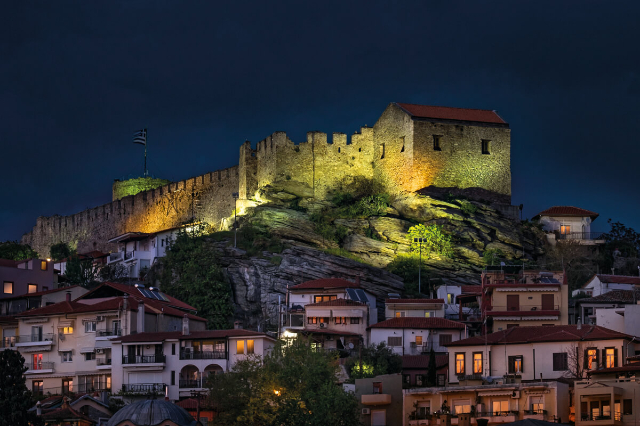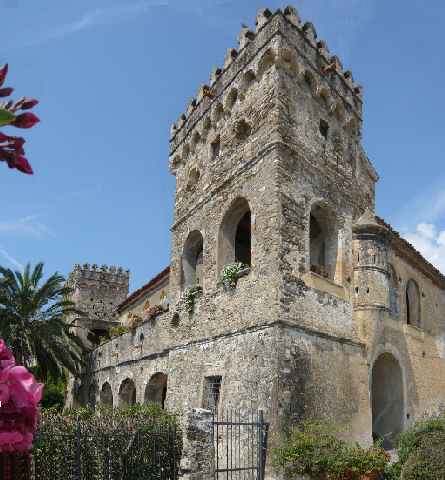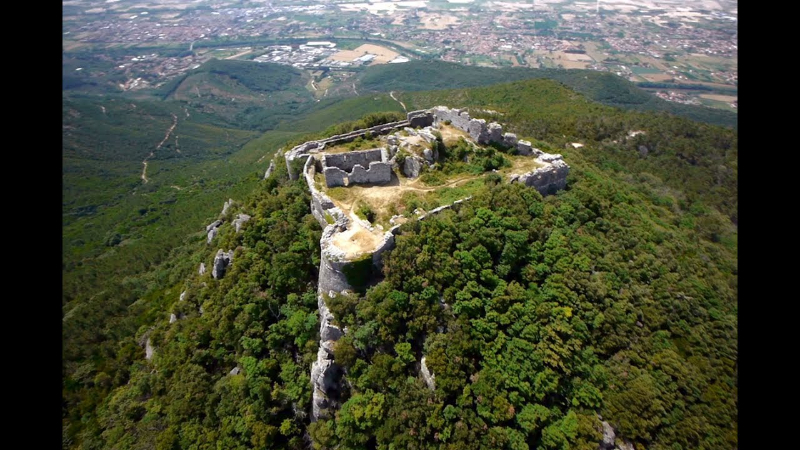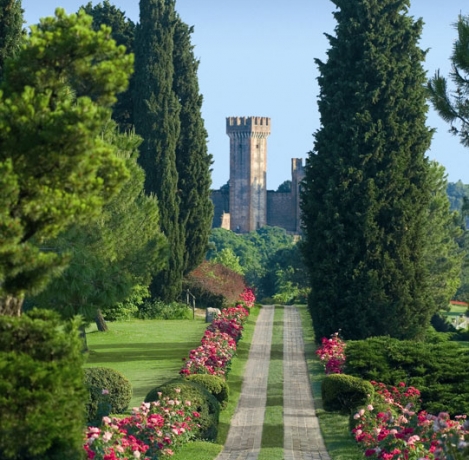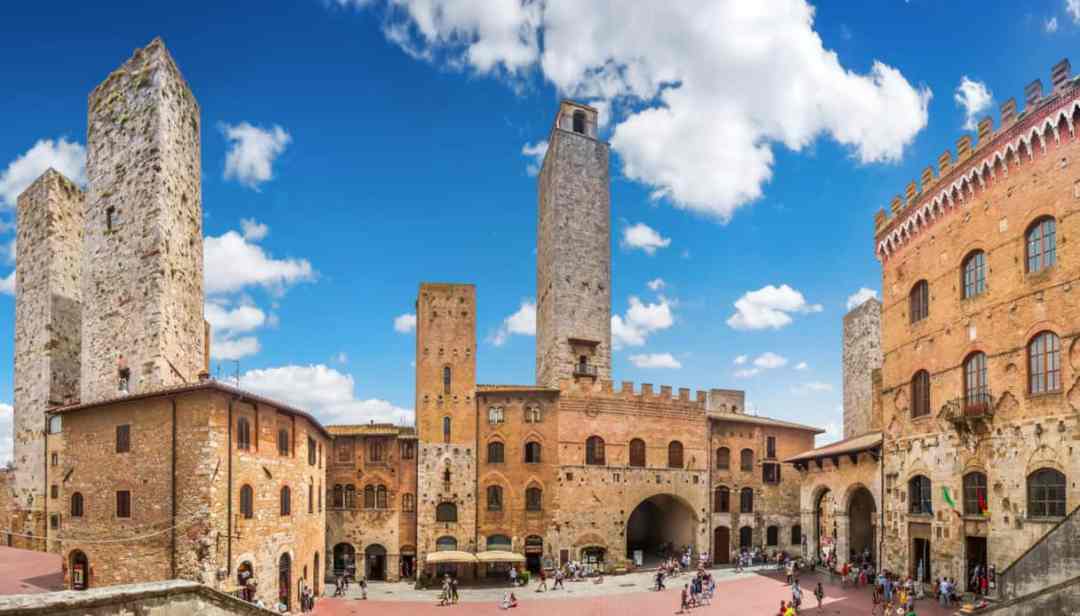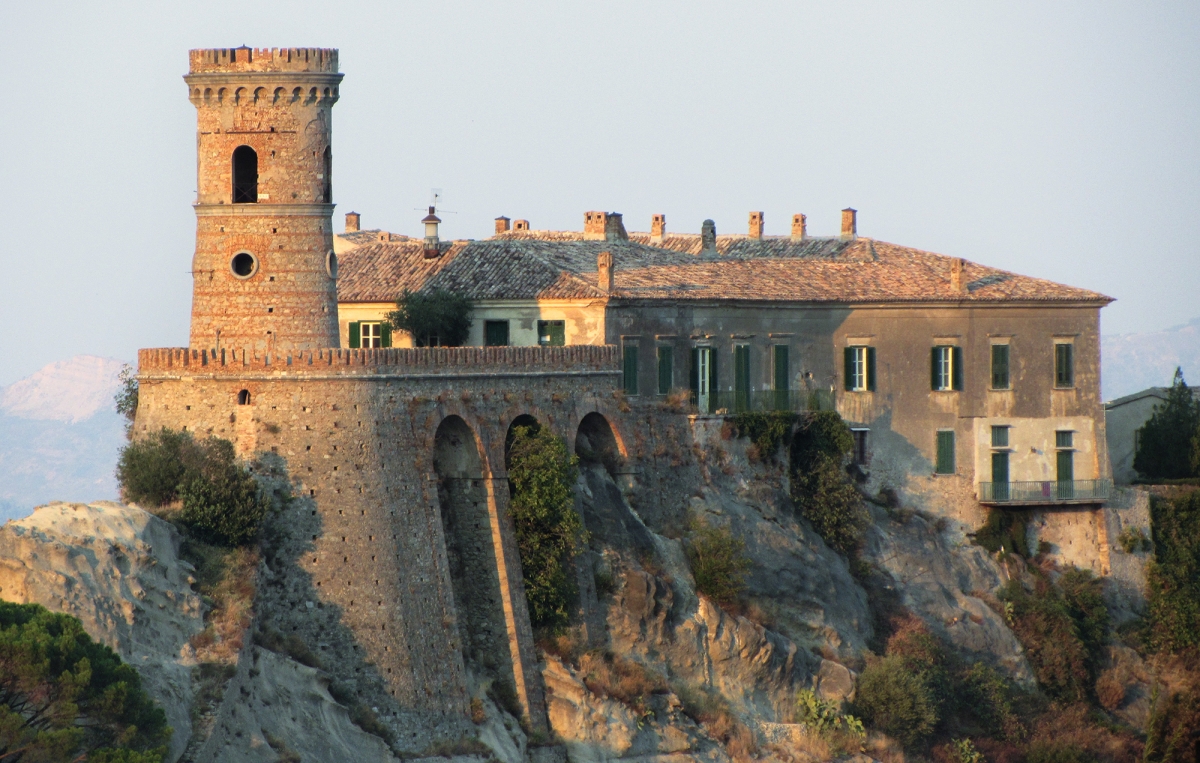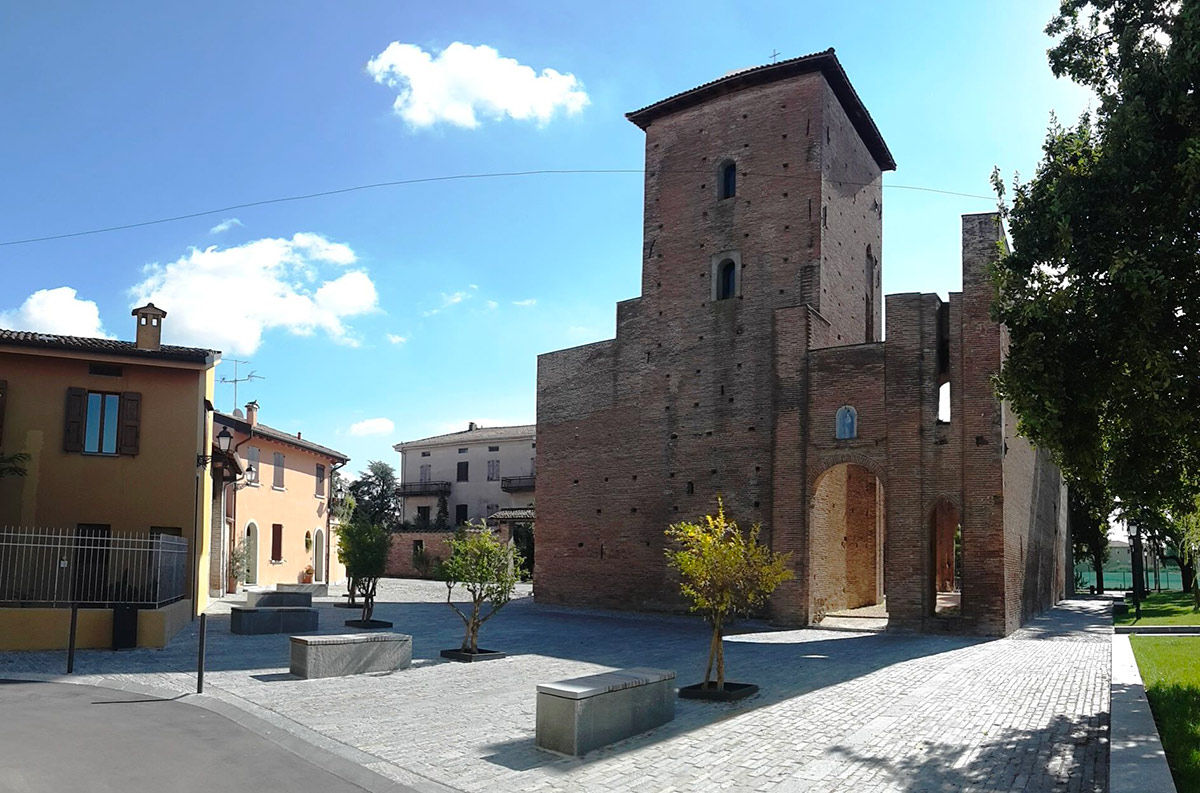The Acropolis of Kavala stands as a silent but eloquent testament to the layers of history that have shaped this Greek city. Situated on the peak of the Panagia peninsula, the fortress offers not only panoramic views of the city below but also a compelling glimpse into the various epochs that have left their mark on it.
Constructed mainly in the early 15th century, the Acropolis succeeded the Byzantine stronghold of Christoupolis, the ruins of which were integrated into the new fortress. This fortification was designed to monitor and protect the vital Via Egnatia route, which has been a strategic highway since ancient times. Because it was built during an era when melee weapons were prevalent, the Acropolis occupies a spot with natural defensive advantages.
Interestingly, the structure bears evidence of the many hands that have worked on it over the years. Visitors can discern layers of construction and modification from Byzantine, Venetian, and Ottoman periods, making the Acropolis a kind of palimpsest that narrates the history of Kavala.
Constructed using a combination of unworked local granite blocks, brick, and marble, the fortress features a variety of elements that paint a vivid picture of what life might have been like for the soldiers stationed there. Upon entering through its main gate, one finds the Acropolis divided into an inner and an outer precinct separated by a transverse wall.
The inner precinct housed all essential areas for the fortification’s defense:
-
The Central Circular Tower: This was the fortress’s last line of defense, serving as a kind of redoubt where defenders could make their final stand.
-
Gunpowder and Food Store: Initially serving as a magazine and granary, this area was later converted into a jail, echoing the often dual uses of such spaces in ancient fortifications.
-
The Garrison: This was likely the living quarters for officers or guards, offering them both shelter and a vantage point to monitor for any incoming threats.
-
Water Cistern: This was essential for the survival of the inhabitants, particularly during sieges or other emergencies.
In the outer precinct, visitors can see two square and one polygonal towers that were crucial for the overall defense of the fortress. Today, the inner precinct also hosts an open-air theater used for cultural events, as well as a cafe where visitors can relax and soak in the rich history around them.
Whether you’re a history aficionado, an architecture enthusiast, or simply a traveler looking to explore, the Acropolis of Kavala offers a unique journey through time, evoking the military, political, and cultural forces that have shaped this storied city.

